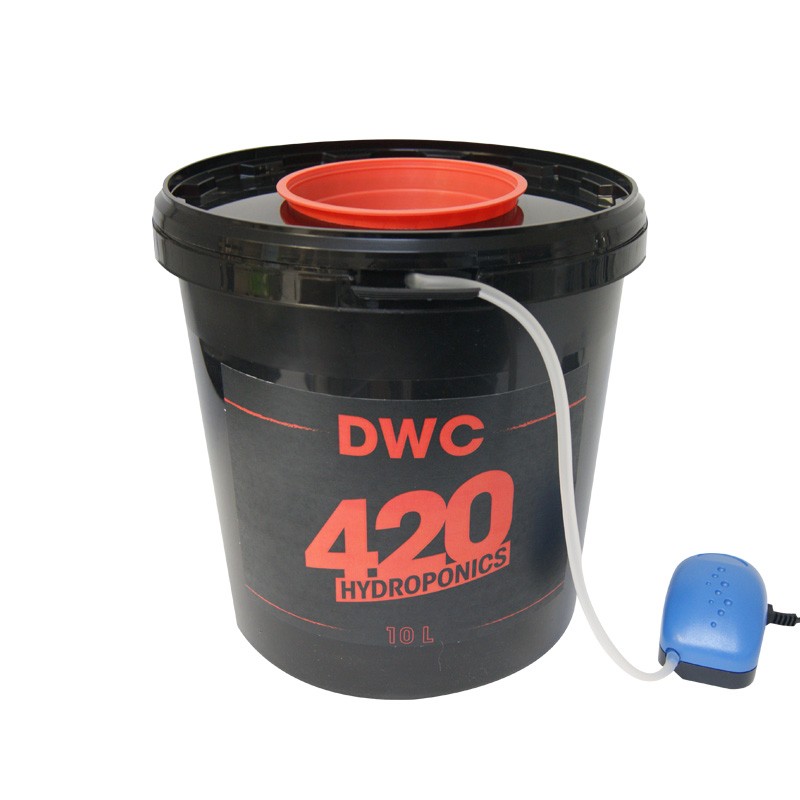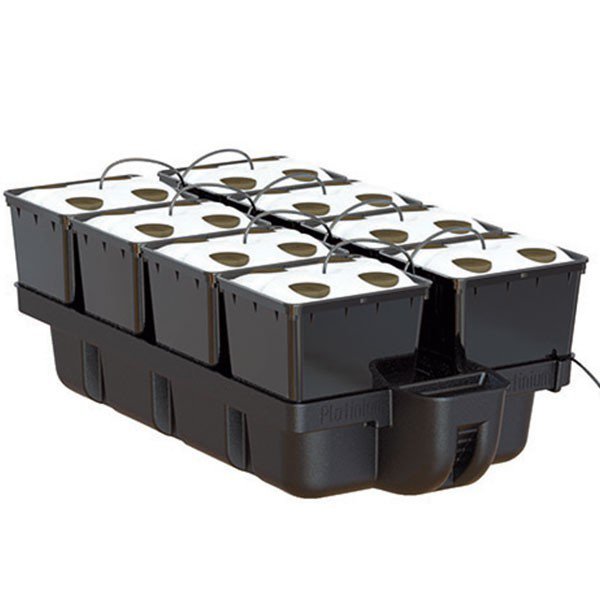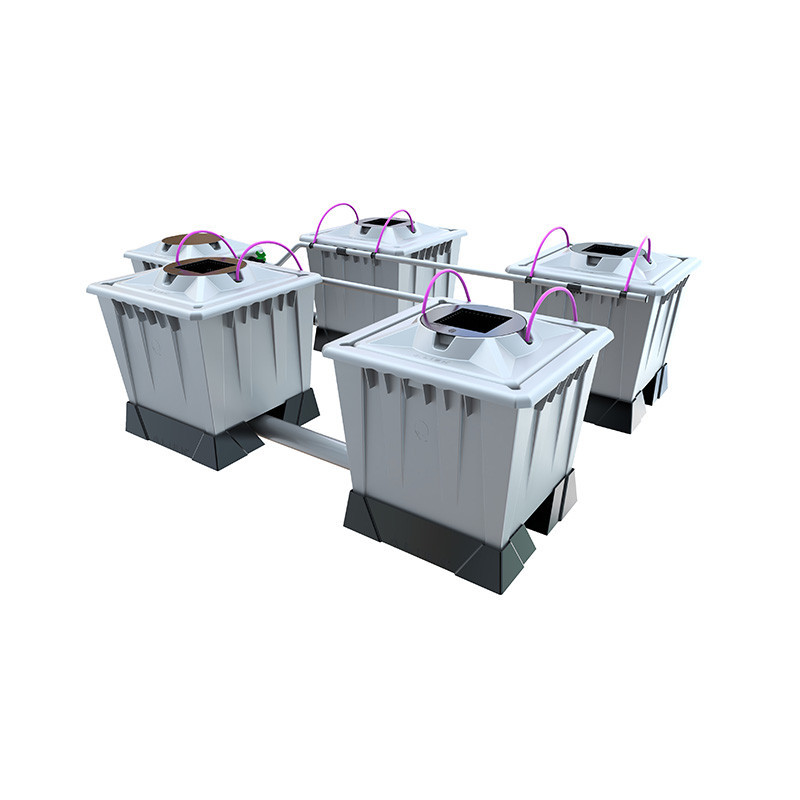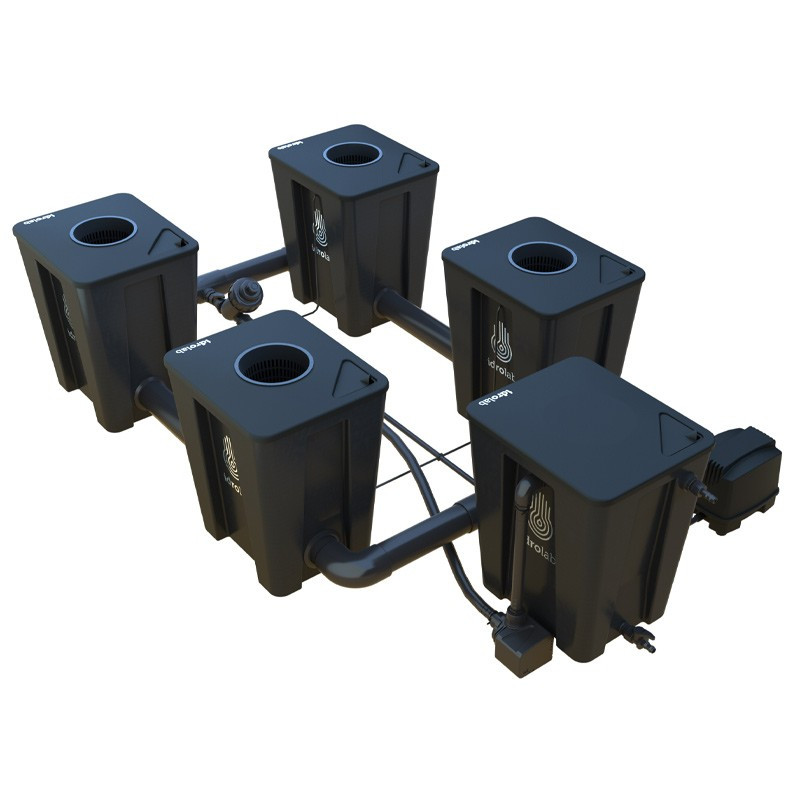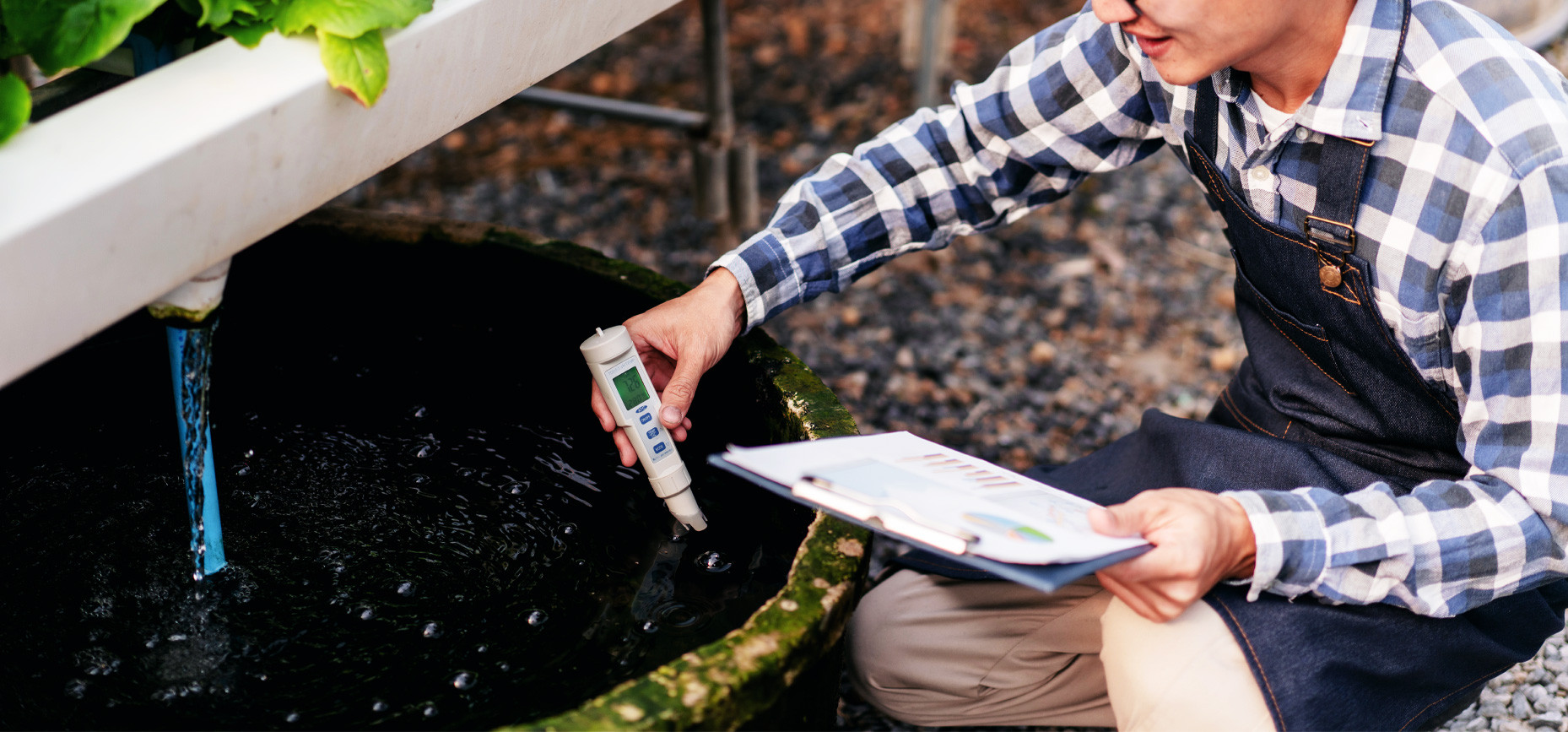Aeroponics is a revolutionary growing technique that offers unique advantages in horticulture. It distinguishes itself from other growing systems by its ability to provide plants with an optimal supply of nutrients and oxygen, promoting rapid, vigorous growth.

Indoor aeroponic cultivation is an increasingly popular method for growing plants in an efficient, clean, and innovative way. Unlike traditional methods such as soil or hydroponic cultivation, aeroponics allows plant roots to grow in the air, without any substrate. The roots are nourished by a fine mist of nutrients, which is directly absorbed. Here's a complete guide to successfully growing plants indoors using aeroponics.
Principle of Aeroponics
Aeroponics is based on the idea of letting the plant roots hang in the air, while a misting system sprays nutrients in the form of fine droplets onto the roots. This method of cultivation offers several advantages:
Maximum nutrient absorption: The roots are in direct contact with the nutrients in mist form, improving their absorption.
Water and nutrient savings: Aeroponics uses less water than hydroponics or soil-based cultivation, as the mist provides a more efficient distribution.
Accelerated growth: Thanks to optimal oxygenation of the roots, plants grow faster.
Required Equipment
To start an indoor aeroponic cultivation, here are the key tools you’ll need:
Aeroponic system: This includes a water reservoir, equipped with pumps and nozzles to spray the nutrient solution.
Appropriate nutrient solution: Nutrients must be dissolved in water and tailored to the plant's needs (nitrogen, phosphorus, potassium, etc.).
Grow lights: As with all indoor cultivation, good lighting is essential. LED grow lights are highly effective in reproducing the light spectrum required for photosynthesis.
Air pump: Useful for maintaining good oxygenation of the water and roots.
Timer and hygrometer: To control misting frequency and ambient humidity.
Steps for Successful Aeroponic Cultivation
a) System Setup
Install your aeroponic system in a well-ventilated and clean space.
Fill the water reservoir and add the nutrients according to the appropriate dosages for the growth phase of your plants (growth or flowering).
Ensure the pump is working properly and the nozzles spray regularly.
b) Selecting and Planting
Choose plant varieties suited for indoor cultivation, such as leafy greens, herbs, or certain flower varieties.
Place young plants in foam or plastic holders, ensuring that the roots are properly suspended to maximize their exposure to the mist.
c) Maintenance and Monitoring
Nutrient control: Regularly change the nutrient solution and adjust the pH (between 5.5 and 6.5 is ideal for most plants).
Regular misting: Ensure that the roots receive mist every 5 to 15 minutes, depending on your plants’ needs and humidity conditions.
Lighting: Provide 16 to 18 hours of light per day during the growth phase, and reduce to 12 hours during the flowering phase.
Oxygenation: Maintain good aeration around the roots to prevent mold growth.
Advantages and Challenges of Indoor Aeroponics
Space-saving: Aeroponic cultivation allows for space optimization, offering high yields in small areas.
Fast growth and increased yield: Due to optimal root oxygenation, growth is often faster than in soil.
Reduced diseases: As the roots are exposed to air, they are less prone to soil-borne pathogens.
Conclusion
Indoor aeroponic cultivation is a highly effective method for growing a wide variety of plants quickly and cleanly. Although the equipment investment is significant, the high yield, water savings, and fast growth make it an attractive option for passionate or professional growers. By closely monitoring essential parameters such as humidity, nutrient supply, and root oxygenation, you can enjoy healthy and productive cultivation throughout the year.

